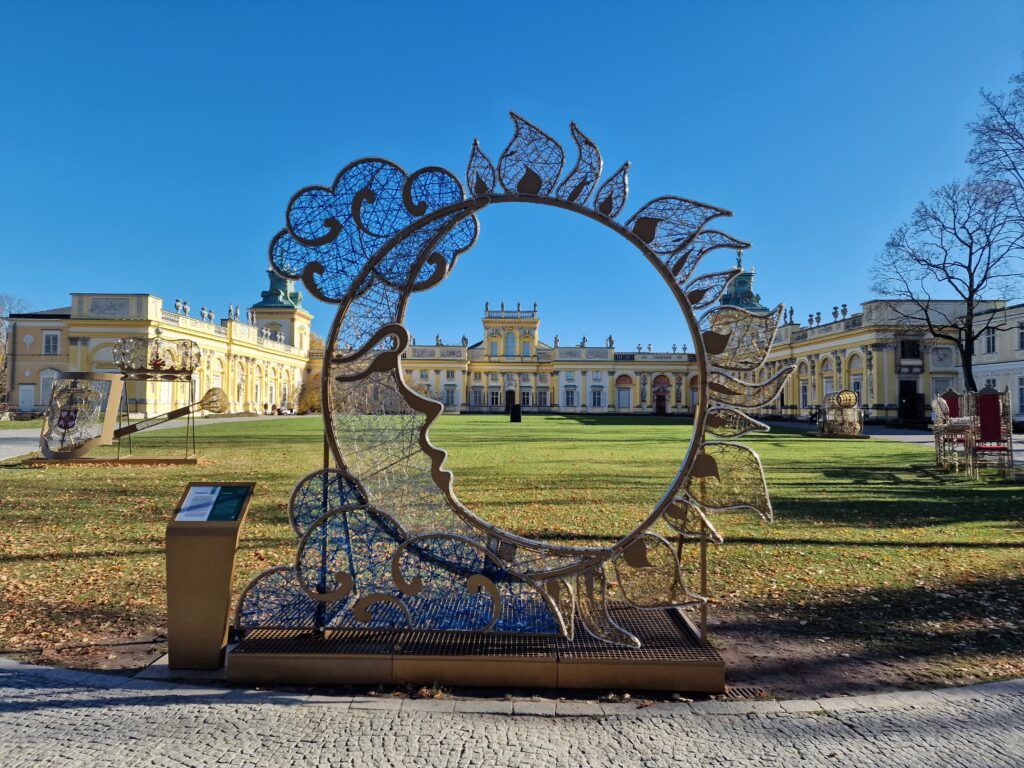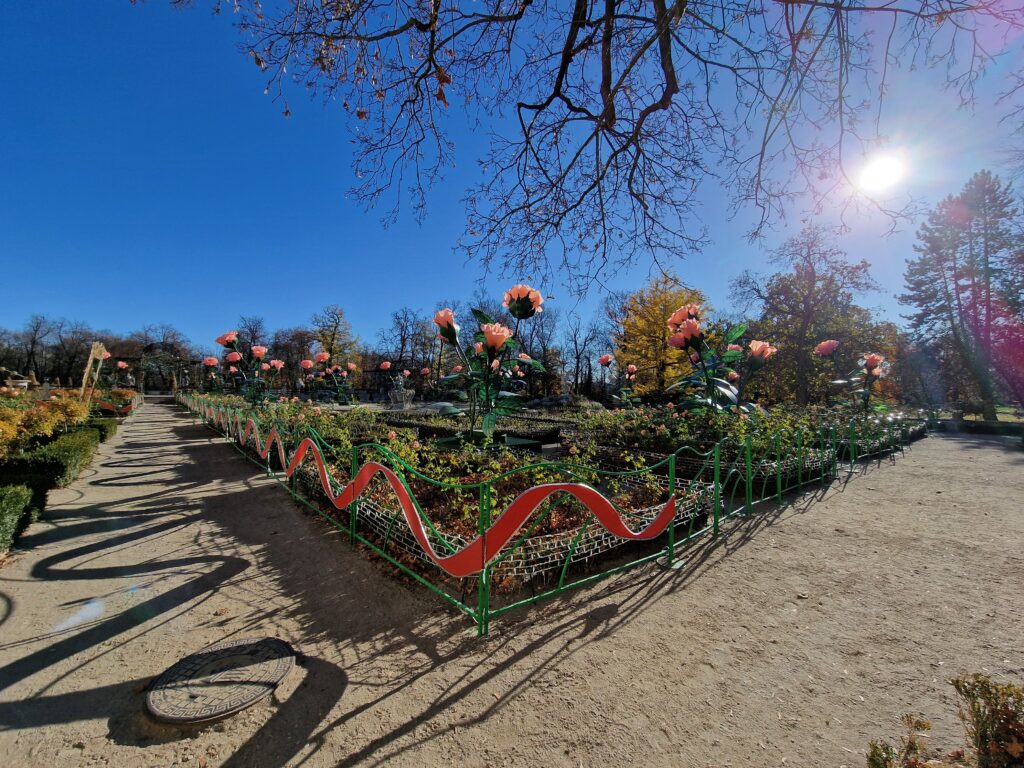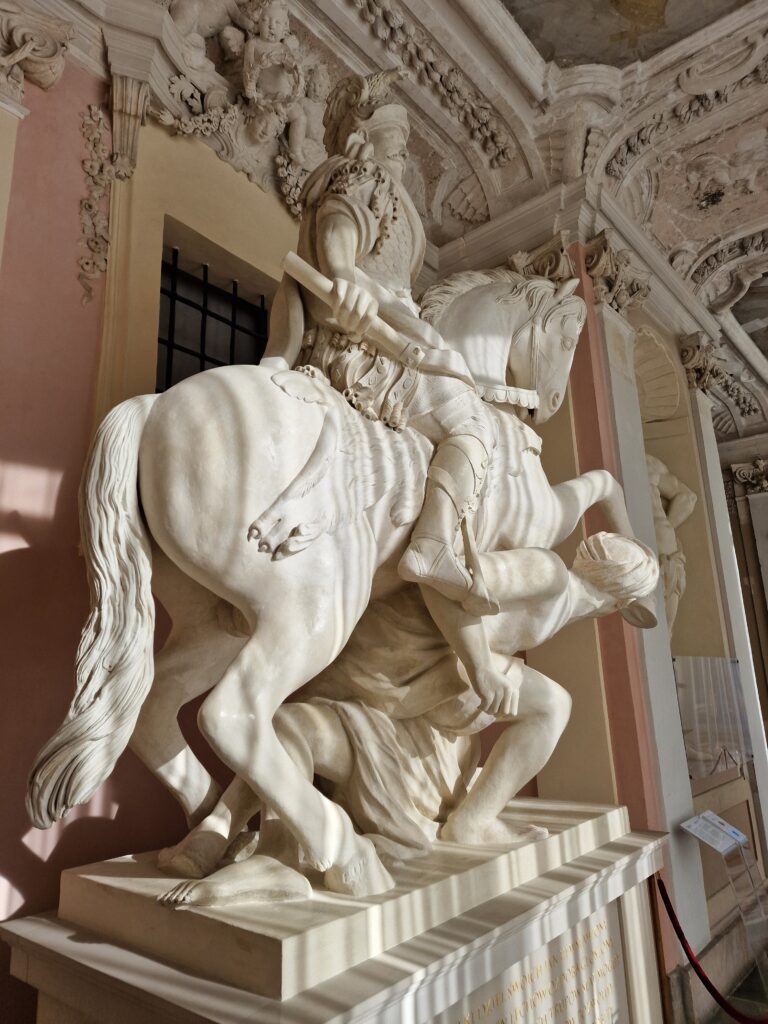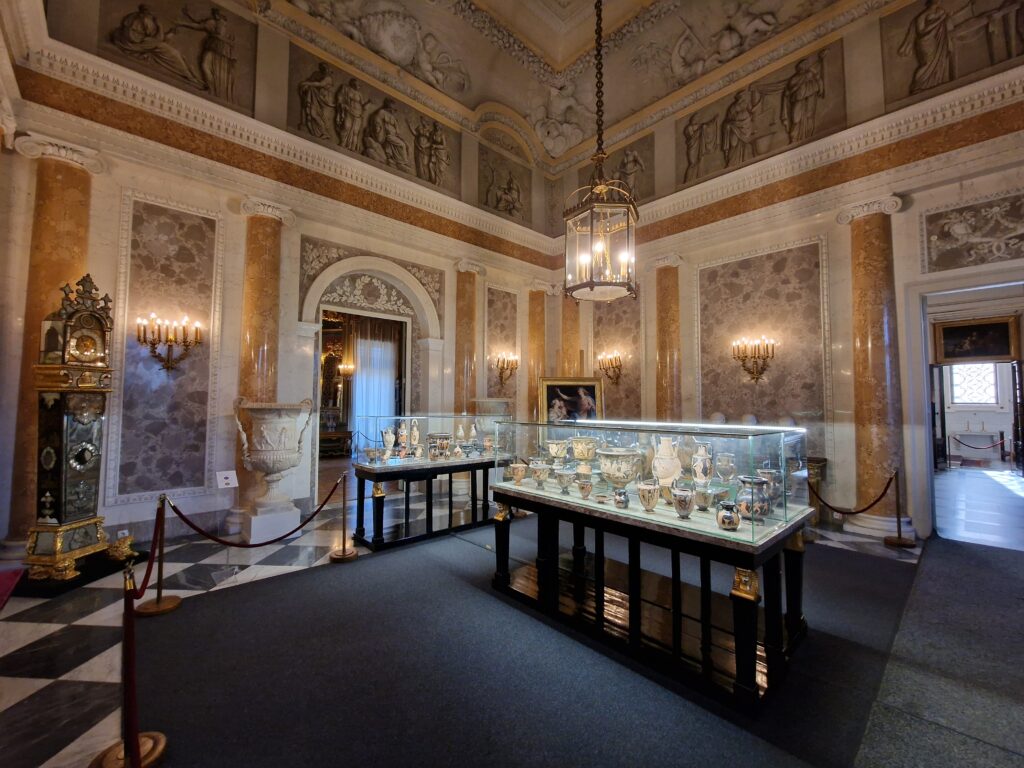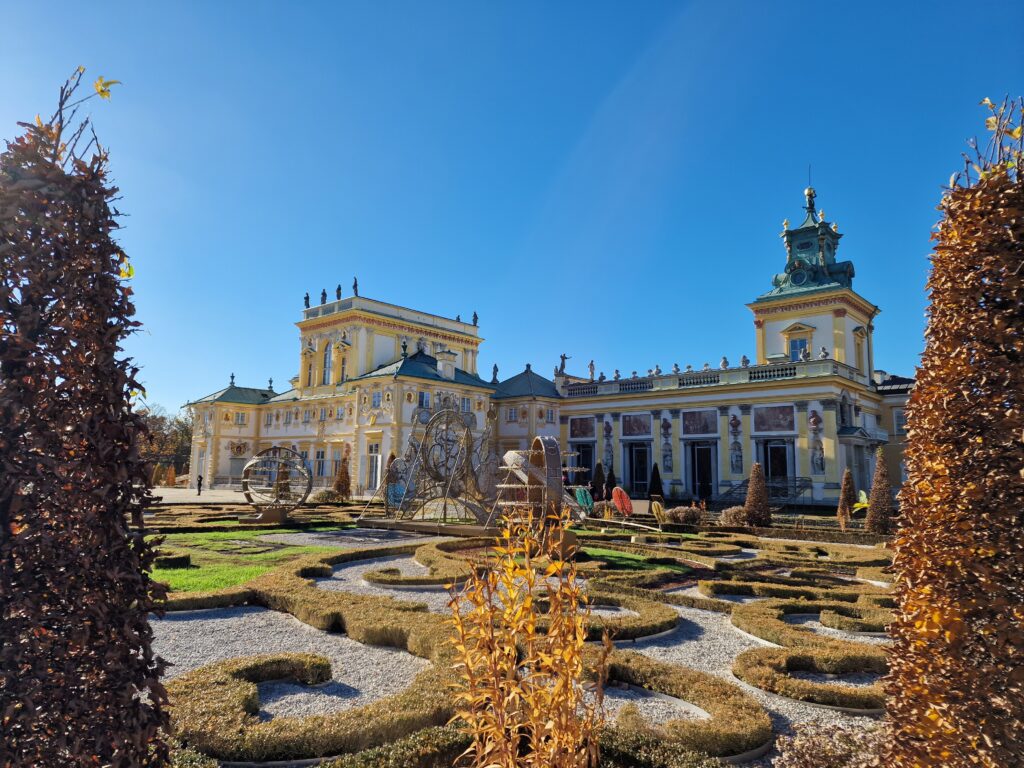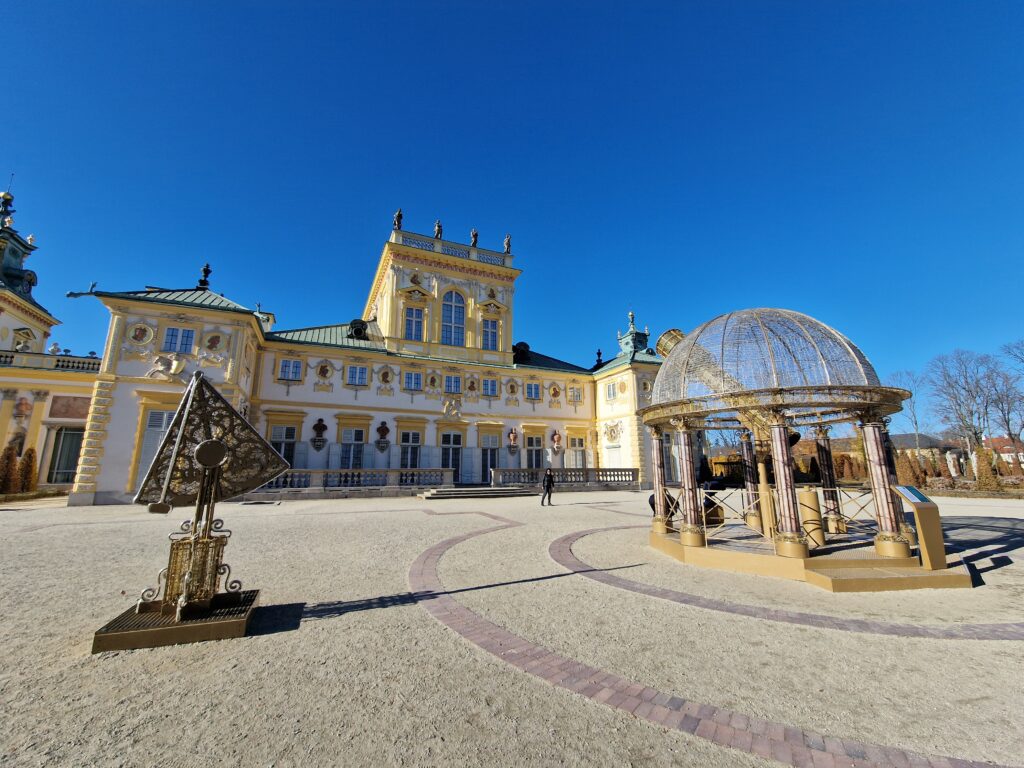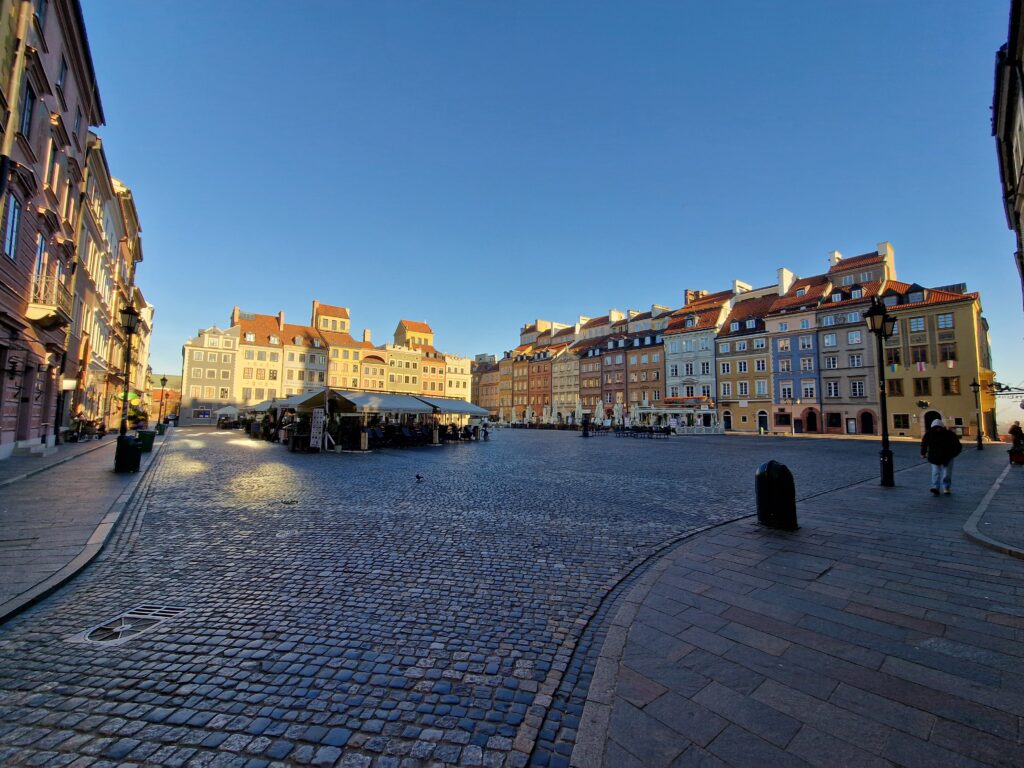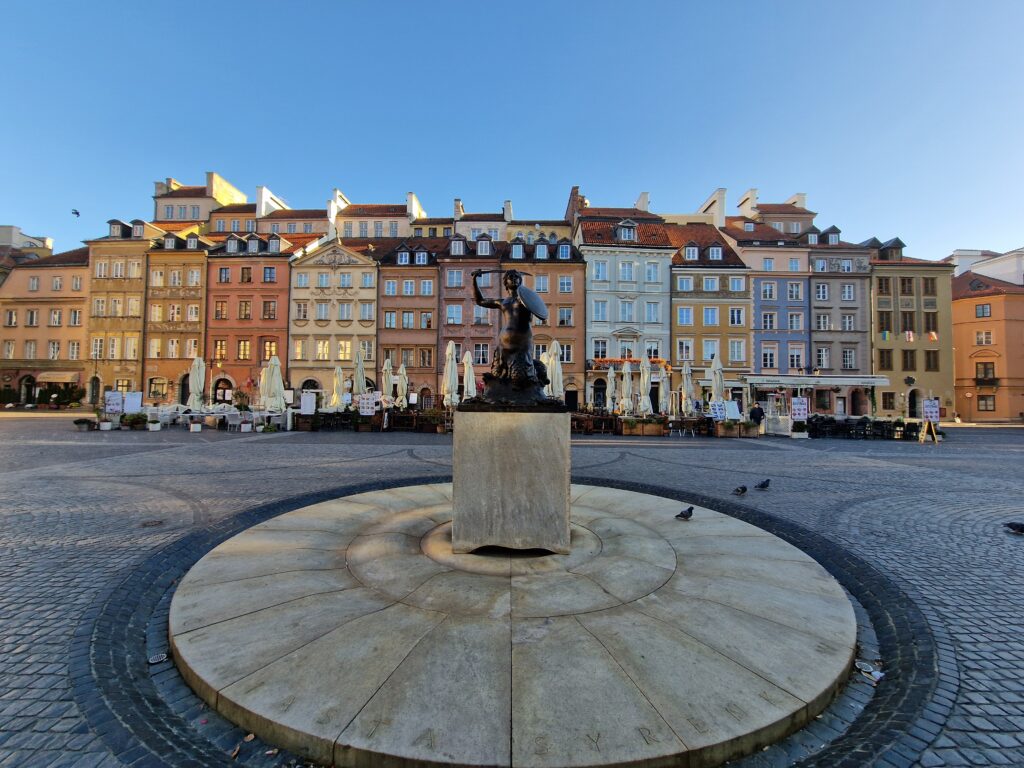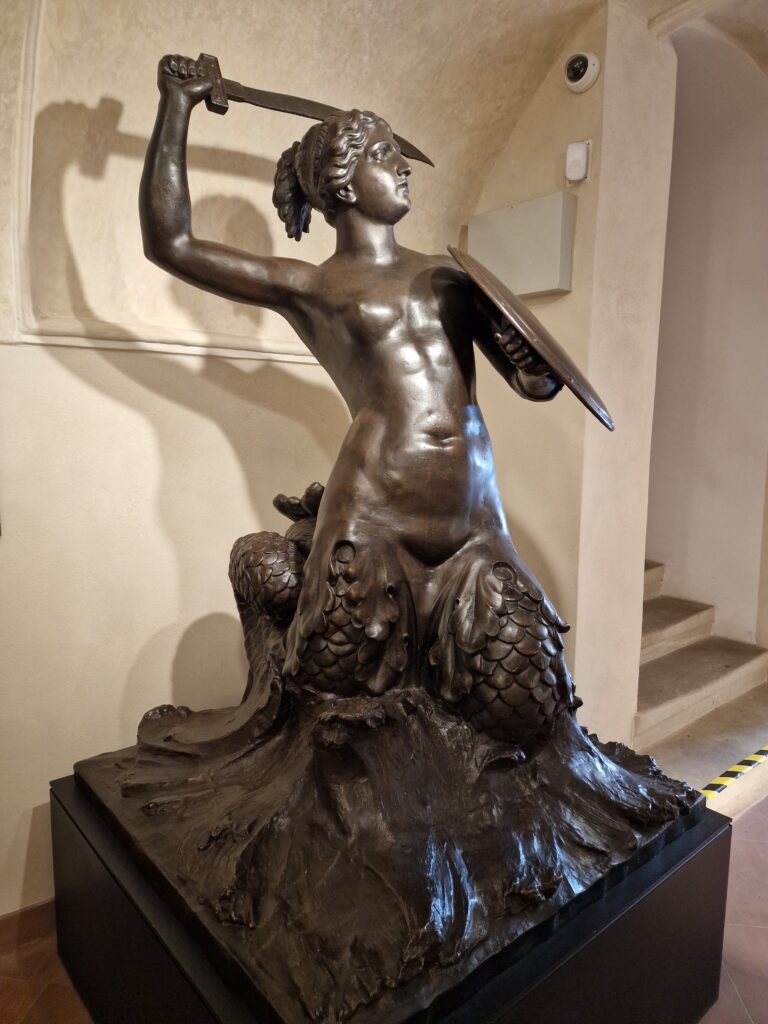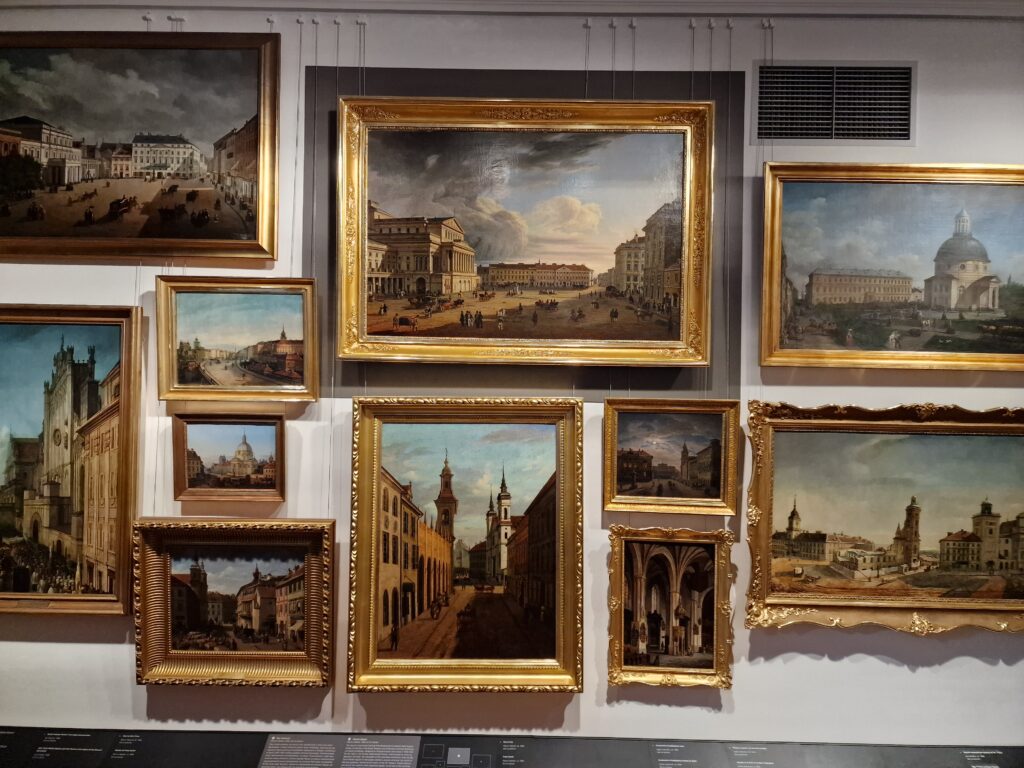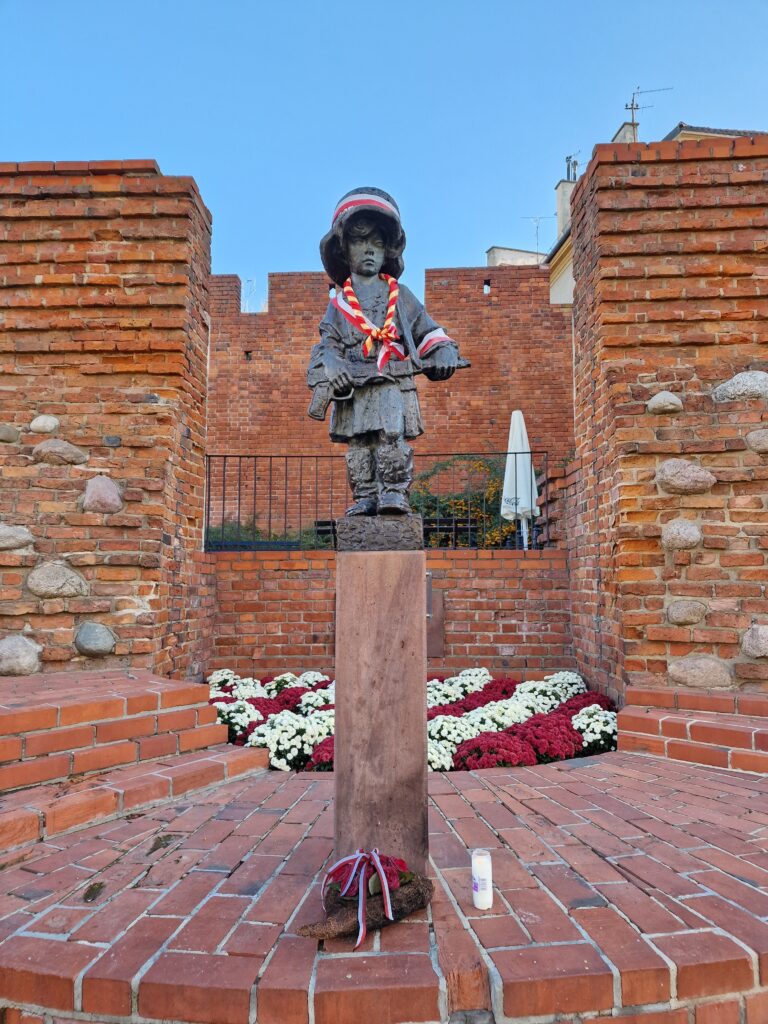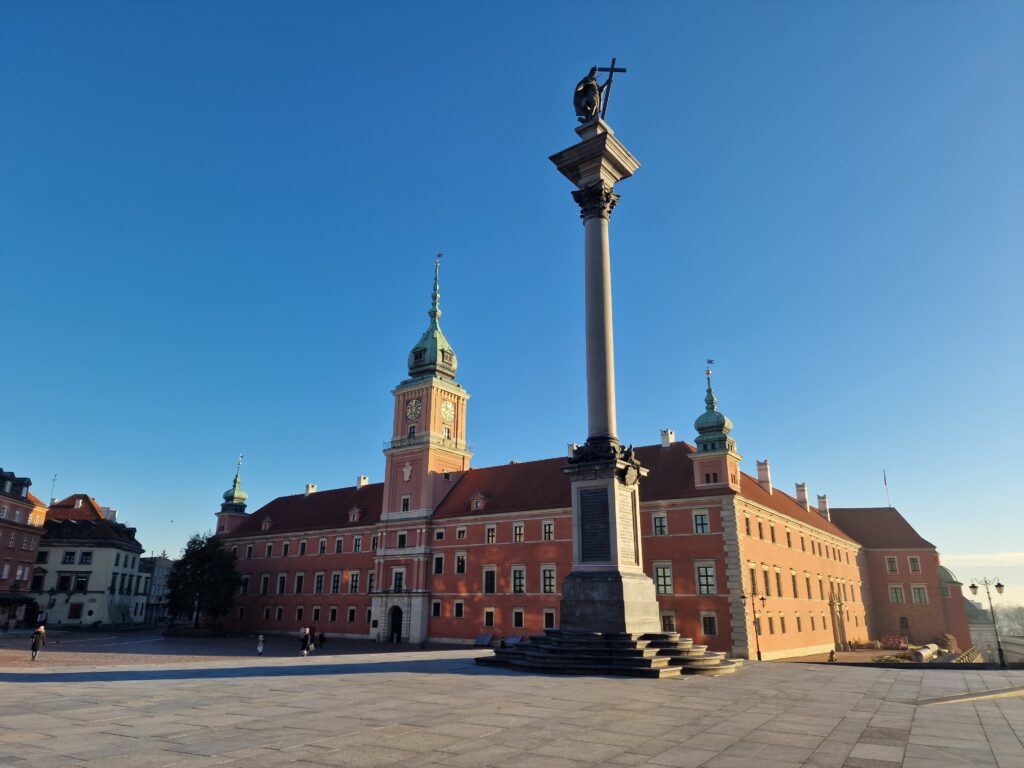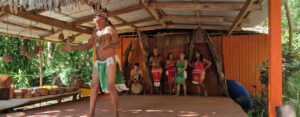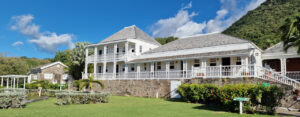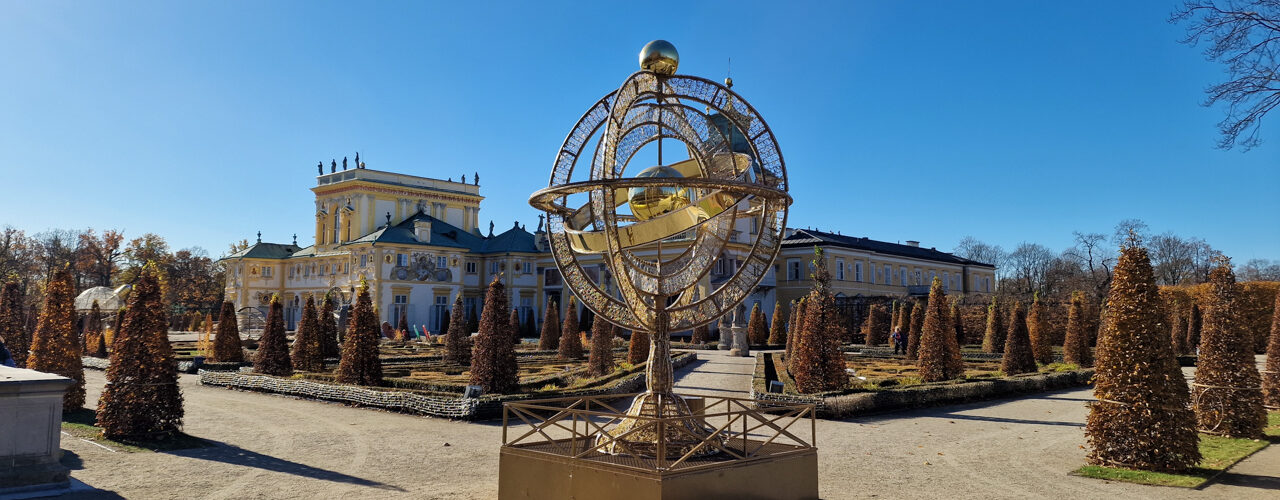
We Came, Warsaw, We Conquered
After a swift and somewhat relieved escape from Belarus, we made our way through the rolling beauty of the Lithuanian countryside, savouring the last quiet moments of the Baltics before entering the infamous Suwałki Gap. This quiet, largely uninhabited stretch of land may seem innocuous at first glance, but it serves as the shortest route between Belarus and Russia’s exclave of Kaliningrad, creating an uncomfortably narrow passage between two geopolitical giants. Known to military strategists and war gamers across the globe, the Suwałki Gap has become a point of great significance since the Baltic states joined NATO, with many experts believing it to be the likely flashpoint for Russia’s first move in a wider European conflict. Thankfully, our journey was uneventful, though not without its delays—a couple of police checkpoints and what seemed like an eternal series of roadworks. It’s clear that a hefty amount of investment is going into upgrading the area’s infrastructure, just in case.
As we passed the final checkpoint, we crossed into the last country of our journey: Poland. Having visited a couple of times in the distant past, I was eager to see for myself the changes in a nation that, economically at least, has flourished in recent years—one of the few in Europe to do so. Despite my previous visits, I had yet to experience its capital, Warsaw, so we decided it would be the perfect place to start. We found a rustic campsite-cum-farm on the outskirts of the city, a bit further out than we’d intended, but with good transport links into the heart of Warsaw. The real highlight, though, was the owner—without a doubt one of the friendliest and most energetic hosts we’d met in months, radiating warmth and enthusiasm and strengthening our already positive first impressions.
The following morning, we made Wilanów Palace our first stop. Built in 1677, this grand royal residence has withstood the test of time—surviving Poland’s many partitions and both World Wars, making it one of the country’s most remarkable examples of Baroque architecture. Even better, it was free to enter the day we visited, which is always a bonus. Inside, the many galleries showcasing prominent Polish artwork and sculptures were impressive, but it was the palace’s breathtaking exterior and expansive gardens that truly left us in awe. Decked out for Christmas, with more fairy lights than a caravan park in Rhyl, the palace must have been a spectacular sight at night. Unfortunately, we had to settle for clear blue skies and a daytime view—but it was no less impressive.
Our streak of good weather continued the next day as we ventured into the heart of Warsaw. The city’s Old Town, nearly completely obliterated during World War II, has since undergone an impressive, meticulous reconstruction. At its centre is Rynek Starego Miasta, the market square, which was left in ruins but now looks as though it has remained untouched since it was first laid out in the 13th century. Dominating the square is the famous Mermaid of Warsaw, poised with sword and shield, ready to defend the city and its people, according to legend. While the one standing proudly before us was a replica, the original statue can be found in a nearby museum, a testament to the city’s resilience and its vibrant, storied past.
At one corner of the square stands the aforementioned Museum of Warsaw, a treasure trove of the city’s history. Established in 1936, the museum is spread across three traditional tenement buildings, and navigating it requires a decent level of fitness, as visitors ascend and descend countless staircases. With over 250,000 artefacts on display, the museum’s vast collection spans the fields of archaeology, painting, graphics, iconography, and sculpture, offering a visual journey through seven centuries of the city’s evolution—from its foundation to the present day. If you manage to survive the final ascent, the reward is a breathtaking view of the historic square below, framed by the sprawling skyline of modern Warsaw in the distance.
Speaking of modern Warsaw, the city’s skyline is an impressive sight, dominated by soaring high-rises and sleek glass buildings, including the EU’s tallest, each one making a bold statement and rivalling London’s aerial dominance. In fact, Warsaw stands out among European cities by nearly every measure. It’s spotless, and incredibly safe, with a public transport system that’s a model of efficiency. The city is also perfect for exploring on foot, with lush green spaces scattered throughout, a thriving vegan scene, and—without a doubt—the best pierogi in the world. As the tourist board puts it, “Warsaw is cheaper than Berlin, less touristy than Prague, and wilder than Paris.” It’s not a bad slogan by all accounts. Now, the only question was whether our next stop could possibly match up…
J
